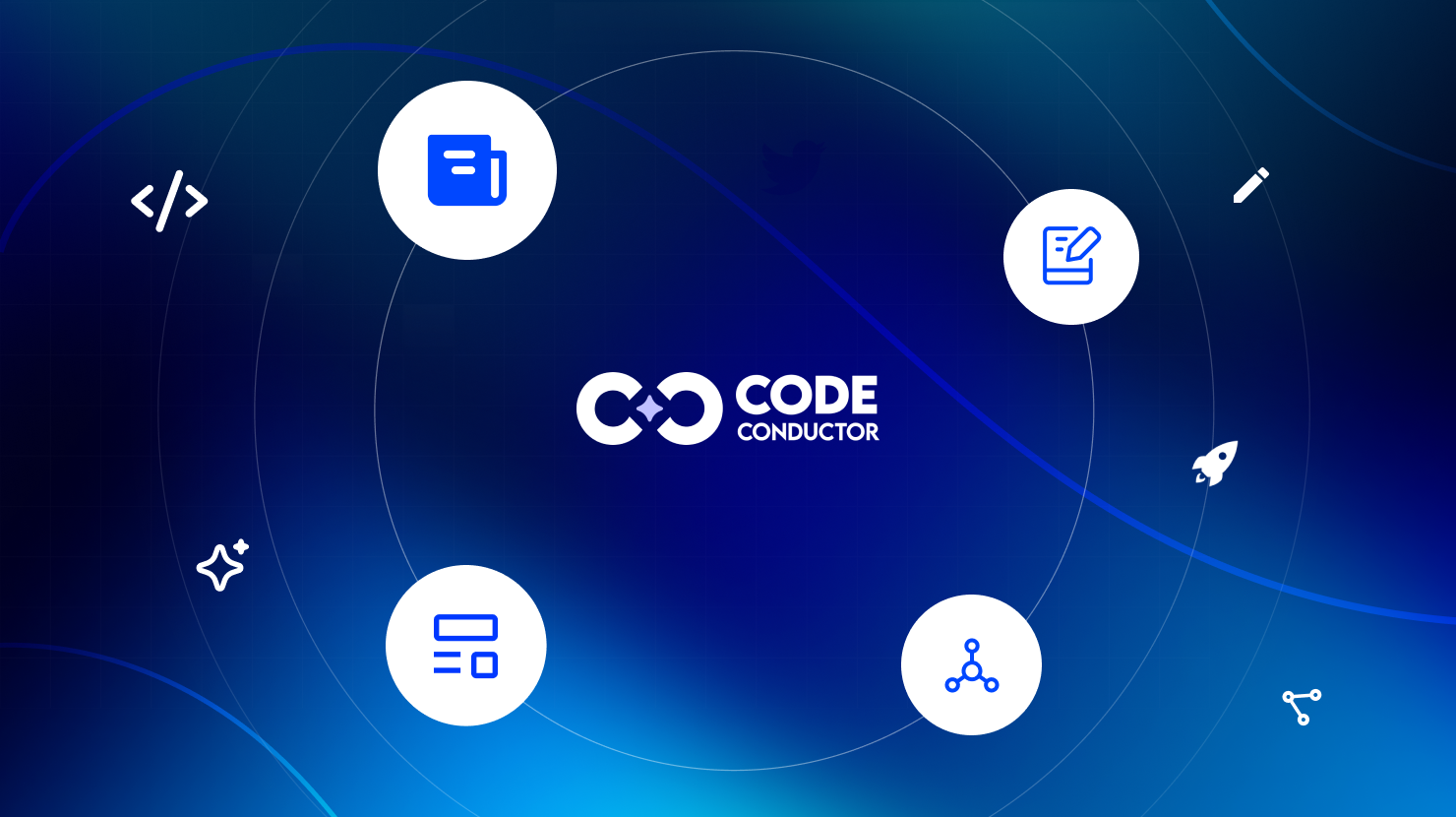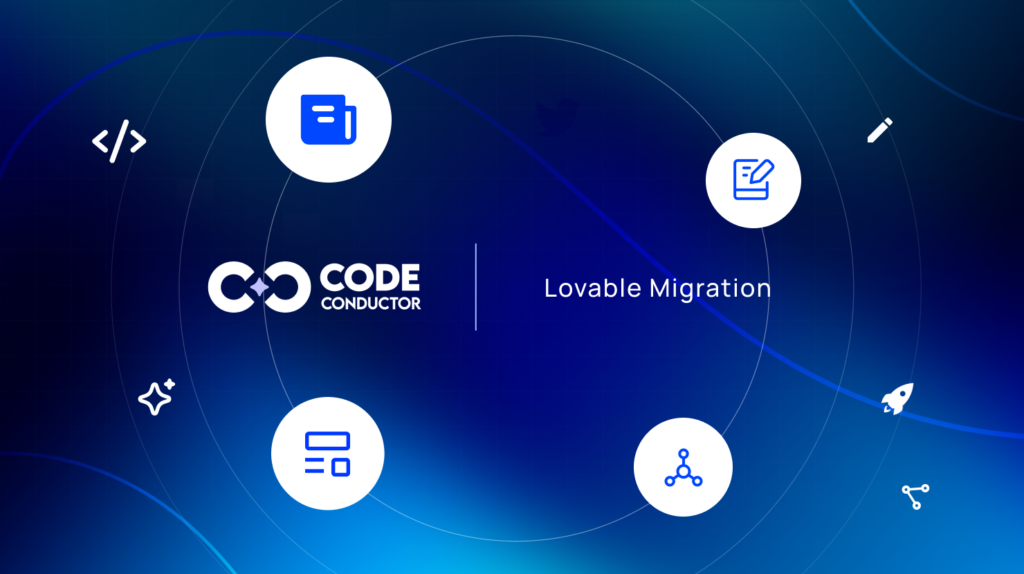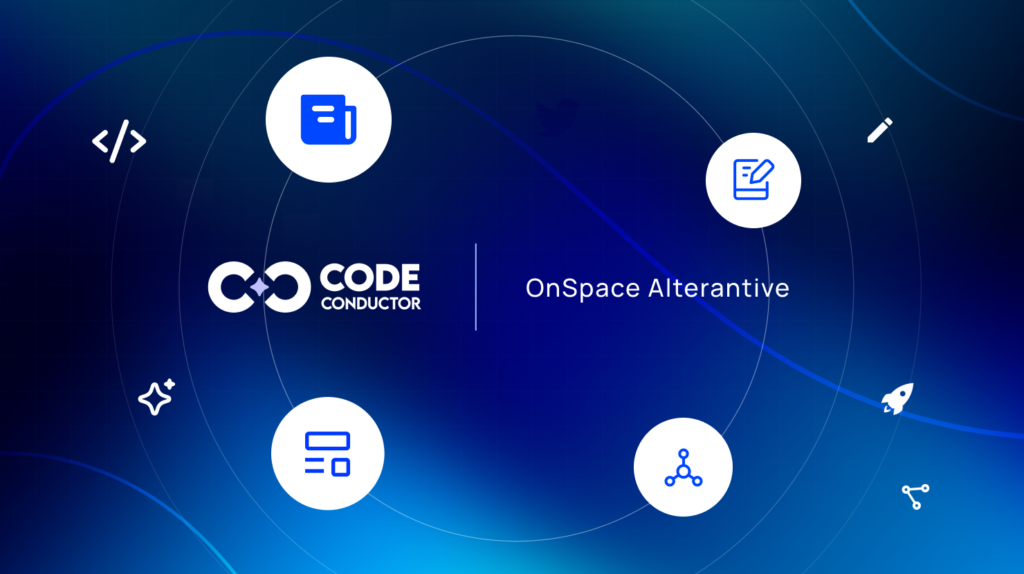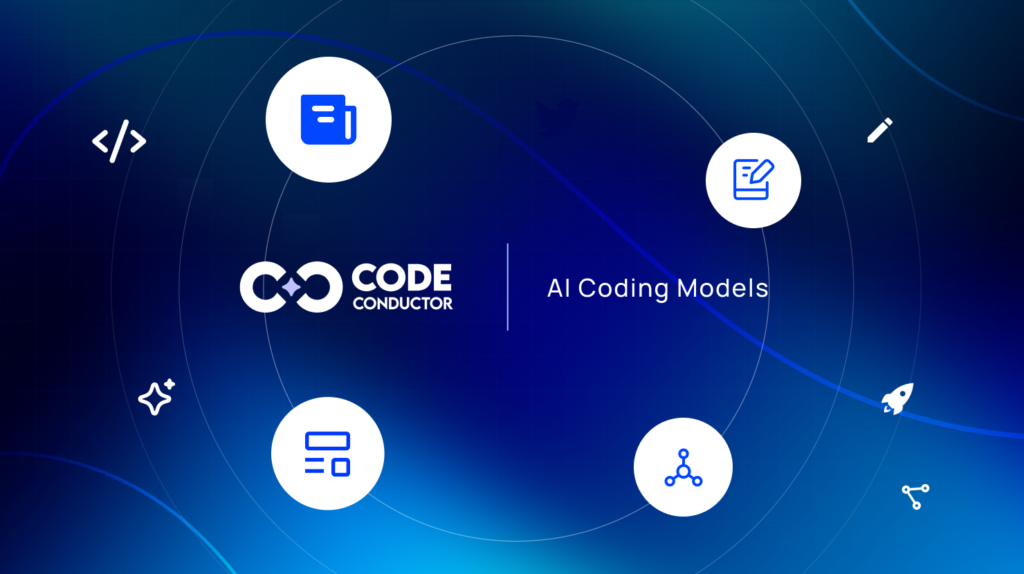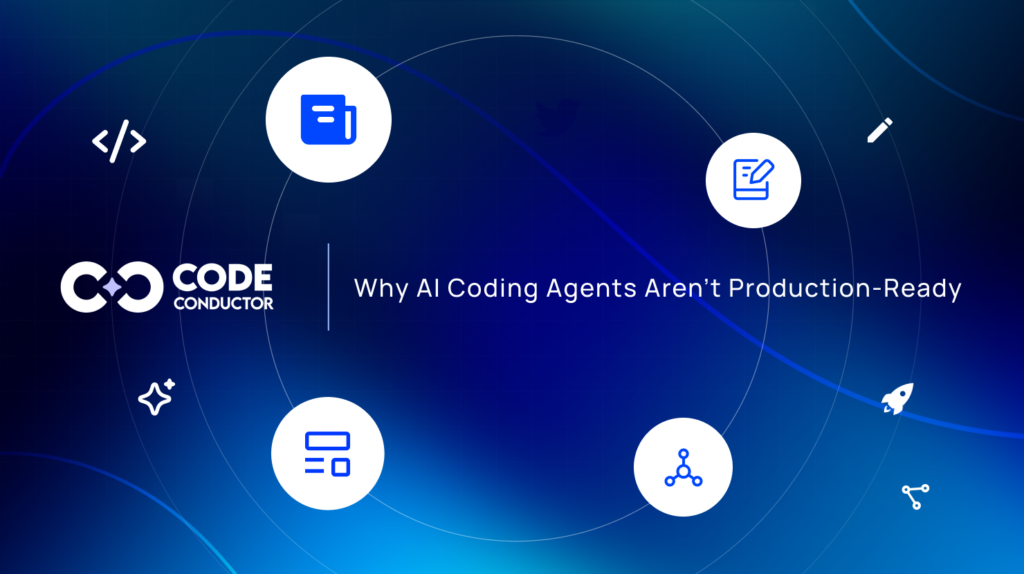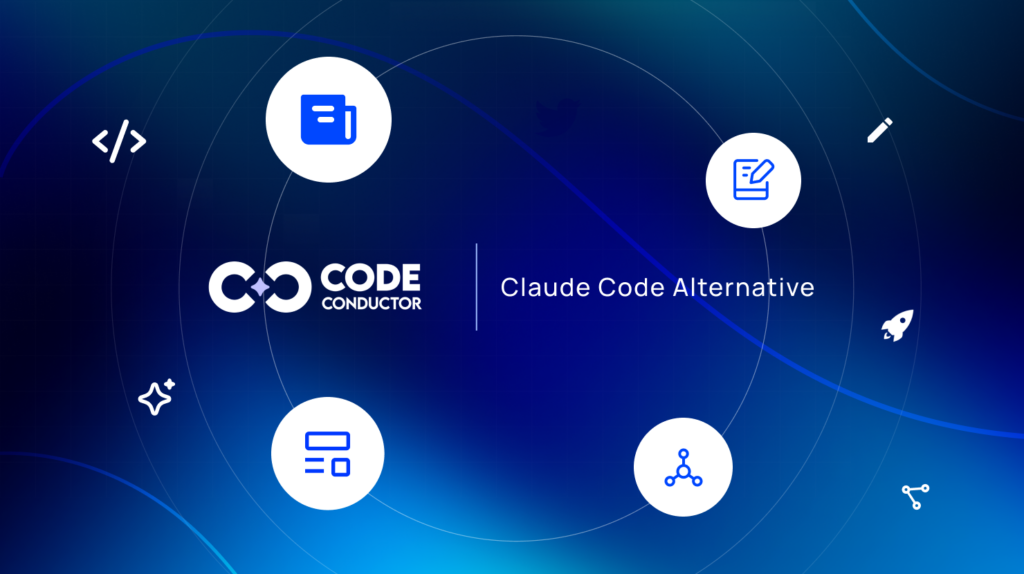Choosing the right automation or agent-building platform in 2025 about how fast you can go from prototype to production. Zapier still dominates quick SaaS integrations, n8n gives you full control with self-hosting, and OpenAI’s new Agent Builder is shaking things up for AI-first products. But the real question isn’t “which is best?”, it’s “which is best for your stack, budget, and growth plans?” This guide breaks down Zapier vs n8n vs OpenAI Agent Builder in plain language, so you can make a smart, future-proof choice.
In This Post
- n8n vs Zapier vs OpenAI Agent Builder: Which Platform Should You Choose in 2025?
- What Is Zapier, n8n, and OpenAI Agent Builder? Core Use Cases Explained
- Key 2025 Updates: n8n Pricing Shift, Agent Builder Launch & Zapier MCP Push
- Zapier vs n8n vs Agent Builder: Feature Comparison Table (2025)
- In-Depth Analysis: Zapier, n8n, and Agent Builder Strengths & Weaknesses
- Ease of Use & Time to Value: Which Platform Gets You Live Fastest?
- Pricing Breakdown in 2025: Zapier Task-Based vs n8n Execution-Based vs Agent Builder API Costs
- Data Hosting & Security: Self-Hosting vs SaaS vs OpenAI Platform
- Best Use Cases: When to Choose Zapier, n8n, or Agent Builder
- Decision Guide: Zapier vs n8n vs Agent Builder — Quick Recommendations
- Next Steps: Choosing and Combining Platforms for Your Stack
- FAQs: Common Questions About Zapier, n8n & Agent Builder
n8n vs Zapier vs OpenAI Agent Builder: Which Platform Should You Choose in 2025?
- Zapier: fastest from idea to live automation; with 8,000+ integrations; bills per task. Great for non-technical teams.
- n8n = most control (self-host or cloud), deep logic, and bring-your-own-keys; but you’ll own the setup/ops and Business/Enterprise pricing now scales by executions.
- OpenAI Agent Builder = new agentic canvas with MCP( Model Context Protocol), ChatKit, and an Agents/Apps SDK, promising for AI-first products, but still early for production breadth vs traditional automation.
If your goal is automation across SaaS: pick Zapier. If you need fine-grained control/self-hosting: pick n8n. If you’re building AI agents with UI + tools inside ChatGPT: try OpenAI Agent Builder/Apps SDK.
See More: OpenAI AgentKit Explained: How to Build and Ship AI Agents with the New Agent Builder
What Is Zapier, n8n, and OpenAI Agent Builder? Core Use Cases Explained
- Zapier is a workflow automation platform: connect apps, trigger on events, pass data, and run actions (no code). It’s famous for its 8,000+ integrations and simple builders.
- n8n is a visual automation canvas (open core). It’s popular with technical users who want granular logic, self-hosting, and flexible data handling. In Aug 2025, n8n changed pricing to unlimited workflows/users and per-execution billing across plans (plus a new self-hosted business plan).
- OpenAI Agent Builder (part of AgentKit) is a visual way to design AI agents with building blocks (guardrails, tools, evals, ChatKit UIs) and MCP connectors to business apps. It’s oriented to LLM-first use cases; Agent Builder is in beta as of Oct 2025.
Key 2025 Updates: n8n Pricing Shift, Agent Builder Launch & Zapier MCP Push
- OpenAI launched AgentKit/Agent Builder and the Apps SDK: build agent workflows, hook up tools via MCP, and embed UI with ChatKit, plus third-party Apps inside ChatGPT (Canva, Spotify, Zillow, Expedia, etc.). This pushes ChatGPT toward a platform, not just a chatbot.
- n8n shifted to execution-based billing in August 2025, impacting Business/Enterprise plans significantly.” The community edition is unchanged, but many teams reported higher modeled costs at scale.
- Zapier stays Zapier: still the broadest catalog, 8,000+ apps, now pushing MCP endpoints for agent use cases too.
Zapier vs n8n vs Agent Builder: Feature Comparison Table (2025)
Here’s how these three platforms stack up in 2025, reflecting recent pricing changes and the launch of OpenAI’s Agent Builder beta.
| Dimension | Zapier | n8n | OpenAI Agent Builder |
|---|---|---|---|
| Primary job | No-code SaaS automation | Flexible automation (self-host or cloud) | Agent workflows & UI inside OpenAI ecosystem |
| Integrations / Tools | 8,000+ maintained integrations; managed auth | Nodes + custom API work; BYO keys; self-host possible | MCP servers, file/web search, functions, ChatKit widgets |
| Speed to first win | Fastest (describe goal → working Zap) | Medium (manual wiring + credentials) | Fast for agent prototypes; evolving for ops |
| Hosting & Data | Fully hosted | Self-host or hosted; more control | OpenAI-hosted; data flows to OpenAI services |
| Pricing model | Task-based plans | Executions-based for Business/Enterprise; CE unchanged | OpenAI API/plan usage; early ecosystem |
| Best for | Teams who want reliable, quick automations | Builders who need control/compliance | AI-first products embedding tools/UI in ChatGPT |
In-Depth Analysis: Zapier, n8n, and Agent Builder Strengths & Weaknesses
Zapier Deep Dive: Best for Fast, No-Code Automations
Why Zapier Is Ideal for Non-Technical Teams
Zapier’s strength lies in making automation accessible to everyone. Its drag-and-drop builder and managed OAuth mean business and ops teams can connect apps and ship workflows without writing a single line of code. Most setups involve selecting a trigger, picking an action, and authenticating apps — no developer needed.
This makes Zapier the fastest route from idea to production for non-technical teams in 2025, especially for everyday SaaS tasks like CRM updates, Slack notifications, and invoicing.
Zapier’s Integration Ecosystem (8,000+ Apps)
As of 2025, Zapier integrates with over 8,000 apps, the largest maintained connector library of any automation platform. These vendor-maintained adapters handle API changes under the hood, so your workflows survive platform updates with minimal babysitting.
Zapier has also begun exposing MCP endpoints, letting AI agents trigger 30k+ actions through one integration — making it increasingly relevant in the agentic ecosystem.
Potential Zapier Limitations for Complex Workflows
Zapier’s task-based pricing can become expensive at scale, especially if your workflows involve many utility steps like filters or paths. Complex data transformations often require workarounds or moving to a more flexible tool like n8n.
Additionally, teams with strict data residency or compliance needs may find fully hosted SaaS limiting compared to self-hosted options.
n8n Deep Dive: Best for Self-Hosting and Advanced Logic
Why n8n Appeals to Technical Teams
n8n is designed for builders who want control. It provides a visual canvas with granular branching, JavaScript expressions, and the ability to self-host. You can bring your own API keys, integrate any LLM, and fine-tune complex data flows without platform limitations.
This makes n8n ideal for technical teams in 2025 who are comfortable managing infrastructure, credentials, and advanced logic.
n8n Pricing Changes in 2025
In August 2025, n8n shifted its Business and Enterprise plans to an execution-based pricing model, moving away from workflow/user limits. The Community Edition remains free, but execution-based billing means costs now scale with workflow runs — something teams need to model carefully for high-frequency triggers.
This pricing shift aligns n8n more closely with usage-based models like Zapier’s tasks, but offers more flexibility for teams running large, complex automations.
When n8n May Not Be Ideal
For non-technical teams, n8n can feel intimidating. Setup requires handling API keys manually, configuring self-hosting or cloud options, and understanding data transformations. It also demands more ongoing maintenance — patching, secrets management, and observability.
If speed to launch is your top priority, Zapier remains faster.
OpenAI Agent Builder Deep Dive: AI Agent Workflows with MCP & ChatKit
What Agent Builder Does Best
OpenAI Agent Builder, launched in October 2025 as part of AgentKit, lets you visually design agentic workflows using building blocks like guardrails, tool calls, evaluations, and ChatKit UIs.
It’s particularly powerful for teams building AI-first products where the agent itself is the interface — e.g. support copilots, data retrieval bots, or domain-specific assistants.
MCP & ChatKit Ecosystem in 2025
Agent Builder is tightly integrated with Model Context Protocol (MCP), which standardizes how LLMs call external tools. In 2025, this ecosystem already includes Gmail, Shopify, Zapier, and custom MCP servers.
ChatKit allows teams to embed a UI directly into their product with minimal code, making it easy to deploy agent workflows quickly without building frontend components from scratch.
Current Limitations (Beta)
As of October 2025, Agent Builder remains in beta. Its production breadth is still narrower than Zapier’s massive connector library or n8n’s flexibility. Enterprise deployment controls (rollback, staging, observability) are evolving.
For teams building agentic experiences, it’s a fast, promising platform — but not yet a full Zapier/n8n replacement for all production scenarios.
See More: Finish Vibe Coded Apps With CodeConductor [2025]
Ease of Use & Time to Value: Which Platform Gets You Live Fastest?
Zapier Ease of Use for Non-Technical Teams
Zapier is built for simplicity. You describe the automation, pick your apps, connect accounts, and publish — usually within minutes. The UI abstracts away API authentication and data handling, making it ideal for non-technical teams in 2025 who want results without involving engineering.
This ease of onboarding has made Zapier a default choice for startups and marketing teams that need quick wins without waiting on developer cycles.
n8n Setup & Learning Curve for Technical Teams
n8n requires more setup but rewards technical users with flexibility. You build workflows node by node, configure authentication manually, and can inject JavaScript or run custom functions.
For teams comfortable with APIs, DevOps, or self-hosting, this control is powerful. But for non-technical users, the initial learning curve can be steep — especially when managing credentials, branching logic, or self-hosted deployments.
Agent Builder Beta Experience & Time to Value
OpenAI’s Agent Builder (2025) offers a visual canvas tailored for agentic workflows, not generic automations. It’s intuitive for designing tool chains, guardrails, and evaluation logic.
For AI-first use cases, time to value is excellent: teams can build a working agent and embed it via ChatKit in a single day. However, because it’s still in beta, some deployment steps (e.g. observability, rollback) are less polished compared to Zapier.
Integration Ecosystems: Zapier’s 8,000+ Apps vs n8n Nodes vs MCP
Zapier’s Massive Integration Catalog (8,000+ Apps)
As of 2025, Zapier continues to dominate integration breadth. Its 8,000+ vendor-maintained connectors cover most popular SaaS tools, making it ideal for businesses that want “it just works” reliability.
Zapier also began exposing MCP endpoints, allowing LLM agents to trigger thousands of actions through a single connection — bridging classic automations with agentic use cases.
n8n’s Node Library and Custom API Flexibility
n8n doesn’t have Zapier’s breadth, but it excels at depth. You can combine built-in nodes with custom API calls, JavaScript, or self-hosted services.
For teams needing integrations inside a VPC or with less mainstream tools, n8n offers unmatched flexibility — even if it requires more manual setup.
MCP Connectors & ChatKit in OpenAI Agent Builder (2025)
Agent Builder’s ecosystem revolves around Model Context Protocol (MCP), which standardizes how LLMs call external tools. By October 2025, supported connectors included Gmail, Zapier, Shopify, and custom MCP servers.
Combined with ChatKit, this allows teams to build fully functional AI agents that can act on live business data without reinventing integrations from scratch.
See More: Context Engineering: A Complete Guide & Why It Is Important in 2025
Pricing Breakdown in 2025: Zapier Task-Based vs n8n Execution-Based vs Agent Builder API Costs
Zapier Task-Based Pricing Model
Zapier charges per task, each action in a workflow consumes one task. Pricing is predictable for small automations but can escalate quickly as workflows get more complex (e.g. branching or multiple filters).
For teams with many lightweight automations, Zapier remains cost-effective. For high-volume, complex flows, costs can outpace self-hosted alternatives.
n8n Execution-Based Pricing Shift (August 2025)
In August 2025, n8n introduced execution-based billing for Business and Enterprise plans. Workflows, steps, and users are now unlimited, but every workflow run counts toward your bill.
For high-complexity, low-frequency automations, this can be cheaper than Zapier. But teams must model expected volumes carefully, especially for triggers that run frequently.
OpenAI Agent Builder Pricing: API Usage Model
Agent Builder’s costs follow OpenAI’s standard API pricing model. Your main cost drivers are model calls, MCP tool usage, and any underlying third-party API fees.
While currently in beta (as of October 2025), early adopters should expect variable costs tied to agent activity — similar to usage-based AI applications.
Data Hosting & Security: Self-Hosting vs SaaS vs OpenAI Platform
- Zapier: managed SaaS; enterprise controls available on higher tiers. Good for teams that don’t want to run infra.
- n8n: self-hosting option is the headline—keep data flows on your infra, align with internal policies, and customize deeply. New business plan for self-hosted teams adds support/GRC features.
- Agent Builder: runs on OpenAI’s platform; strong fit if your org is already standardized on OpenAI services and is comfortable with that data posture.
Best Use Cases: When to Choose Zapier, n8n, or Agent Builder
Pick Zapier if…
- You want the fastest route to value and a broad catalog of integrations.
- Business users need to ship automations without developer help.
- Founder weekly ops (CRM updates, Slack alerts, invoices): Zapier for speed and reliability.
Pick n8n if…
- You need a visual canvas with sophisticated branching, ETL-like transforms, and on-prem/self-host.
- You’re comfortable managing keys, APIs, and infra—or you want that control.
- Compliance-sensitive ingestion & enrichment (inside VPC, with custom LLM policies): n8n self-host. (
Pick OpenAI Agent Builder if…
- Your product is an AI agent (customer support, data copilots, back-office agents) and you want guardrails, evals, and an embeddable chat UI out of the box.
- You’ll lean on MCP to connect internal/business apps directly into agent tools.
AI concierge for your product (docs + tools + UI in one place): Agent Builder with MCP and Apps SDK.
Decision Guide: Zapier vs n8n vs Agent Builder — Quick Recommendations
- Non-technical team, needs results this week → Zapier
- Technical team, complex data flows, wants self-hosting → n8n
- Startup building agentic features/UI as the core product → OpenAI Agent Builder
A practical hybrid we see often: Zapier for simple ops automations + n8n for heavy data jobs + Agent Builder for the LLM-centric customer-facing agent.
Next Steps: Choosing and Combining Platforms for Your Stack
- Ship something in a day: Prototype in Zapier to validate ROI.
- For AI-native products: build an Agent Builder POC with one or two MCP tools. If users love it, layer Apps for distribution.
- Need control/compliance: mirror critical automations in n8n (self-host), but sanity-check execution volumes under the 2025 pricing.
Want to take your workflows from canvas to production without duct-tape engineering?
CodeConductor gives teams a way to deploy, observe, and scale AI-powered workflows built on tools like Zapier, n8n, and OpenAI Agent Builder — without losing control.
Build fast where it’s easy. Ship safely where it matters.
👉 Try CodeConductor to bridge the gap between prototypes and production-grade systems.
FAQs: Common Questions About Zapier, n8n & Agent Builder
Is Agent Builder a “Zapier killer”?
Not today. It’s excellent for agent workflows and distribution via ChatGPT Apps, but it doesn’t replace Zapier’s 8,000+ maintained connectors for classic cross-SaaS automation. Expect convergence over time via MCP, but they serve different jobs right now.
Which is cheapest?
It depends on volume and shape:
- Few actions and lots of small zaps → Zapier can be predictable.
- Long, complex flows that run less frequently often result in n8n winning under per-execution.
- Agentic products → Agent Builder costs track your model/tool usage.
Did n8n really change pricing for self-hosted?
Business/Enterprise plans now scale by executions (Aug 7, 2025). Community edition is unchanged. Many teams reported cost concerns at higher volumes—so model your traffic.
What’s MCP, and why does it matter?
Model Context Protocol standardizes how models call tools and access context, think USB-C for AI tools. It lowers integration friction across agents and apps (OpenAI supports it in Agents/Apps SDK; Zapier exposes MCP endpoints too).
Can I mix Zapier, n8n, and OpenAI’s Agent Builder?
Yes. Many teams start fast on Zapier, move heavy/regulated flows to n8n, and build customer-facing agents on OpenAI’s Agent Builder.

Founder CodeConductor

